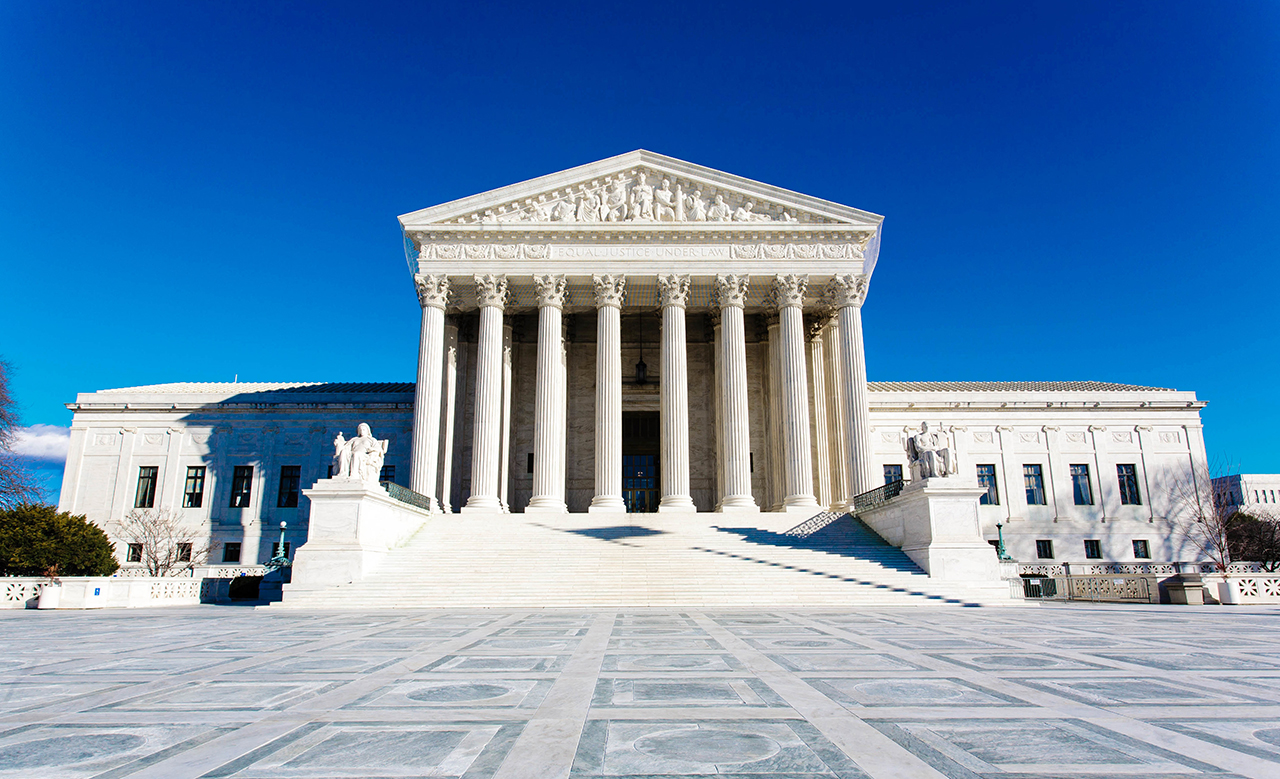2 minute read:
The Affordable Care Act chalked up a win in late April when the Supreme Court ordered the federal government to pay insurance companies funding it’s been entitled to since 2014.
The case, Maine Community Health Options v. The United States revolves around an ACA provision known as the risk corridors, which essentially allowed insurance companies that participated in the ACA marketplace in the first three years of operation to qualify for government funding if a particular plan didn’t earn enough. Conversely, if an insurance company earned over a certain amount of money in a particular time frame, they had to pay the government.
The official supreme court ruling states,“if an insurance plan loses a certain amount of money, the Federal Government ‘shall pay’ the plan; if the plan makes a certain amount of money, the plan ‘shall pay’ the Government.”
Insurance companies held up their end of the bargain but the federal government reneged on their agreement to pay insurance companies that suffered a profit loss, so the companies sued and the Supreme Court ruled in their favor.
Now, the federal government will have to appropriate $12 billion in risk corridor payments to insurance companies that participated in the early years of the ACA exchange and lost funding on a particular plan.
The risk corridors were designed to help buffer the costs for insurance companies and plans that provided care to sicker patients. An article by Health Affairs states the following: “The goal of risk corridors was to persuade risk-averse insurers to participate in the new health insurance marketplaces to offer a new product to a new population with uncertain prospects. The program did so by limiting participating plans’ profits and losses during the first three years of exchange operations.”
While the funding won’t affect the ACA as we know it today, it further demonstrates how ingrained the law has become in our healthcare ecosystem. And with the Supreme Court anticipated to rule for a third time on the constitutionality of the ACA in the coming months, this win bodes well for the future of the ACA.
Employers, with the current events of COVID-19, the 2020 election, and continuing legislation ruling in favor of the ACA, the message is clear; the ACA is not going away. That means continuing to comply with the Employer Shared Responsibility Provisions (ESRP) also known as the Employer Mandate.
As a reminder to employers in conjunction with the Employer Shared Responsibility Payment (ESRP), the ACA’s Employer Mandate, Applicable Large Employers (ALEs) (organizations with 50 or more full-time employees and full-time equivalent employees) are required to offer Minimum Essential Coverage (MEC) to at least 95% of their full-time workforce (and their dependents) whereby such coverage meets Minimum Value (MV) and is Affordable for the employee or be subject to Internal Revenue Code (IRC) Section 4980H penalties.
With the ACA remaining intact, the IRS will continue to increase their enforcement activities around compliance with the law, as we have already seen.
The IRS is currently issuing penalties to employers identified as having failed to comply with the ACA for the 2017 tax year in the Letter 226J. The agency is anticipated to begin issuing penalties for the 2018 tax year soon.
Best practices suggest undergoing a cost-free ACA Penalty Risk Assessment to learn your penalty exposure with the IRS.






